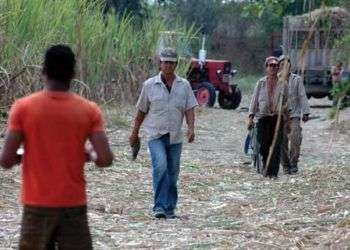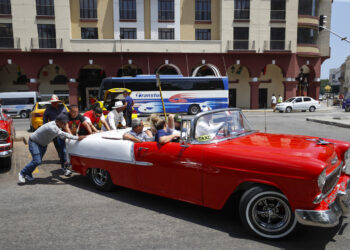Sugar cane: is the queen returning to her throne?
Between 2002 and 2004, the Cuban government, weighed down by financial difficulties, extremely high and rising oil prices, scant agro-industrial profits, and persistently low prices for sugar on the world market, decided to break radically with a 400-year-old tradition that made sugar production the driving force of the national economy. A partial dismantling took place: the number of working sugar mills dropped from 156 to 61, tens of thousands of jobs disappeared, and the farmland devoted to sugar cane was reduced from two million to 750,000 hectares (from about 4,942,200 acres to 1,853,325 acres). The collapse came a few years later. In 2010 the sugar cane harvest was described as “disastrous” in production and efficiency. Such a poor harvest had not been recorded since 1995: just 1.1 million tons. The extremely radical nature of the measures taken at the beginning of that decade and the sharp drop that came at decade’s end contributed to the perception that sugar cane would never again reign in Cuba. It seemed to be the definitive end of a historical cycle that had lasted, for better or worse, from the mid-19th century to almost the end of the 20th. During that time, the export of...




